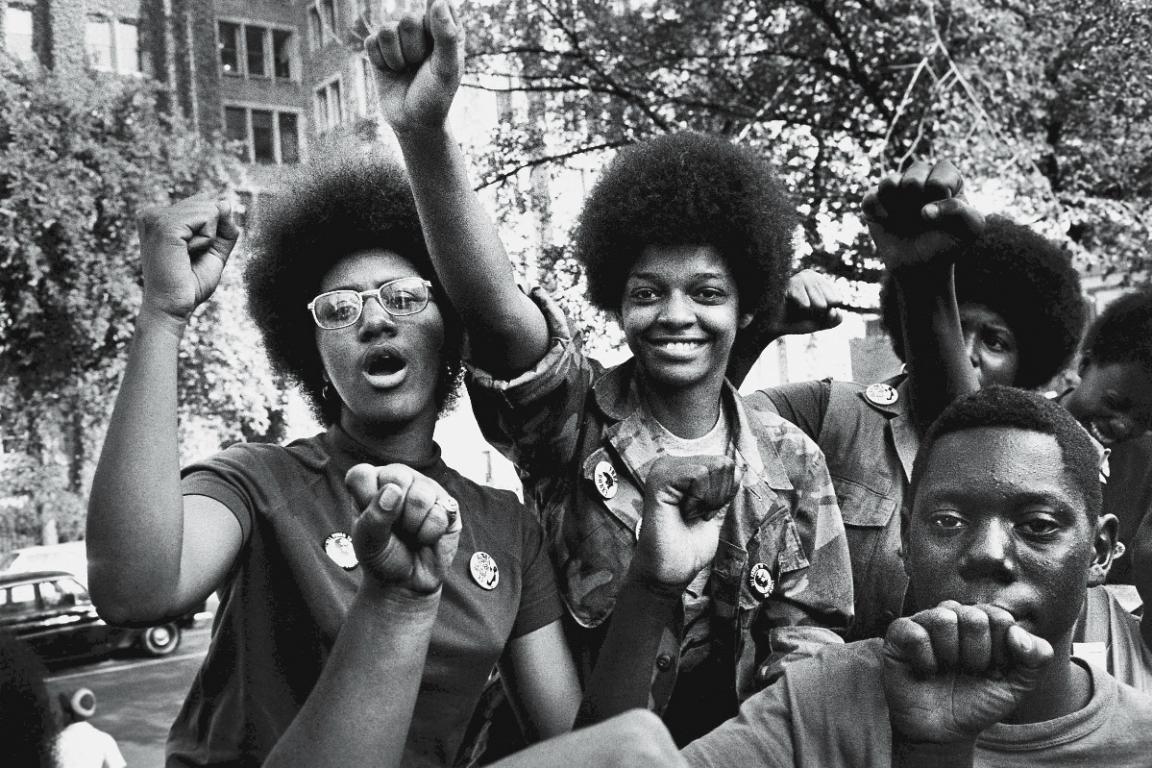Throughout history, myths and stereotypes about the black community have been used to justify racism, discrimination, and social inequality. These myths have had a major impact on how Black people are perceived and treated in society. More importantly, they influence the way black individuals and communities see themselves, shaping educational and social outcomes. These black myths include problems from black inferiority, black criminality, the “welfare queen”, absent fathers and much more.
These myths aren’t just harmful narratives, but they shape the way the black community sees themselves and others within their community causing many negative effects on the people. Ceaira Cain, senior, remembers facing harsh stereotypes since being in middle school, and she believes it has shaped her into the person she is today.
“Harmful stereotypes have always been present within the black community, but I believe that social media has had one of the biggest impacts on why it’s still so present,” Cain said. “Like the TikTok comedians and Instagram comedians who act like ‘ghetto’ black girls. That’s just them pushing out stereotypes on black women and that’s so harmful to our community.”
Many people wonder, when and how the “ghetto black girl” narrative started and it all goes back to the 1970s, era of “Welfare Queens”. In the 1970s Black women were often portrayed as lazy, manipulative individuals who abuse government assistance programs for the benefits of themselves. But, in reality, welfare programs support people of all racial backgrounds, and economic hardship. Black families were often in need of assistance from the government because of systemic issues rather than personal irresponsibility. Aashirya Harris, senior, believes the stereotypes that were created about black women were passed down to the younger generations.
“I feel like a lot of people think these stereotypes are just jokes and shouldn’t be taken that seriously but they do affect us,” said Harris. “Oftentimes people don’t realize that what they say becomes how they genuinely see other people. Like if everyday, you’re making jokes about how black women are ghetto and loud and everything else you start to actually see them that way when all black women aren’t like that. Then the cycle continues of people having negative attitudes and stereotypes on the black community.”
These stereotypes often follow black men as well, the “absent father” stereotype. This is often shown in black humor on TikTok, Instagram, livestreams and much more. Comments like, “He left to get milk”, or the new internet meme “What’s a father”, are more degrading to black men than the internet realizes. The idea that Black fathers are absent from their children’s lives is a damaging stereotype. What many people don’t realize is that systemic factors such as mass incarceration and economic challenges have created challenges for some black fathers. Caiden Bailey, senior, believes it’s been shown that black fathers are just as involved in their children’s lives compared to fathers of other races.
“I know not everyone has been able to experience having a father in their life but it’s not true that it’s mainly within the black community that black children don’t have fathers,” said Bailey. “It’s really just annoying at this point because when it comes to the black community, our struggles are always made stereotypes when it happens within every community, not just ours.”
Bre-Lynn Riser, junior, expressed often seeing how people are quick to assume a person of color is quick to violence, but that isn’t the truth. The stereotype that Black people, especially Black men, are naturally violent or prone to crime has fueled racial profiling, police brutality, and mass incarceration. Despite showing that crime rates are influenced by social and economic factors rather than race, this myth persists in media and public discourse.
“I don’t know why people are quick to think that black men and women are violent, that’s just what is shown on social media, because I can genuinely tell you that most of the POC (people of color) that you meet won’t act like that,” said Riser. “I feel like people assume that we’re not able to communicate how we feel properly without being aggressive and violent but we can, it is emotionally immature people in this world but it’s not everyone.”
When it comes to the success of a black man or woman, people often expect it to be in things such as sports, or reality TV, but the reality is, it can be with anything. Bryson Smalls, senior, expressed that he notices that black men and women are expected to be very good at sports.
“I think that people expect us to be good at sports, and that just limits us on what we can really do,” said Smalls. “Because then everyone is going to be good at sports.”
These myths are not just harmful narratives; they shape policies, social attitudes, and self-perception within the Black community. Challenging these stereotypes requires education, earning the historical roots of these myths and correcting misinformation. Media Representation, this encourages diverse and accurate portrayals of Black people in news, film, and television. Policy changes, this will help systemic inequalities in education, policing, employment, and healthcare. And community empowerment, encouraging positive self-love and resilience within the Black community. By debunking these myths and addressing their consequences, we can work toward a more just and equitable society.

